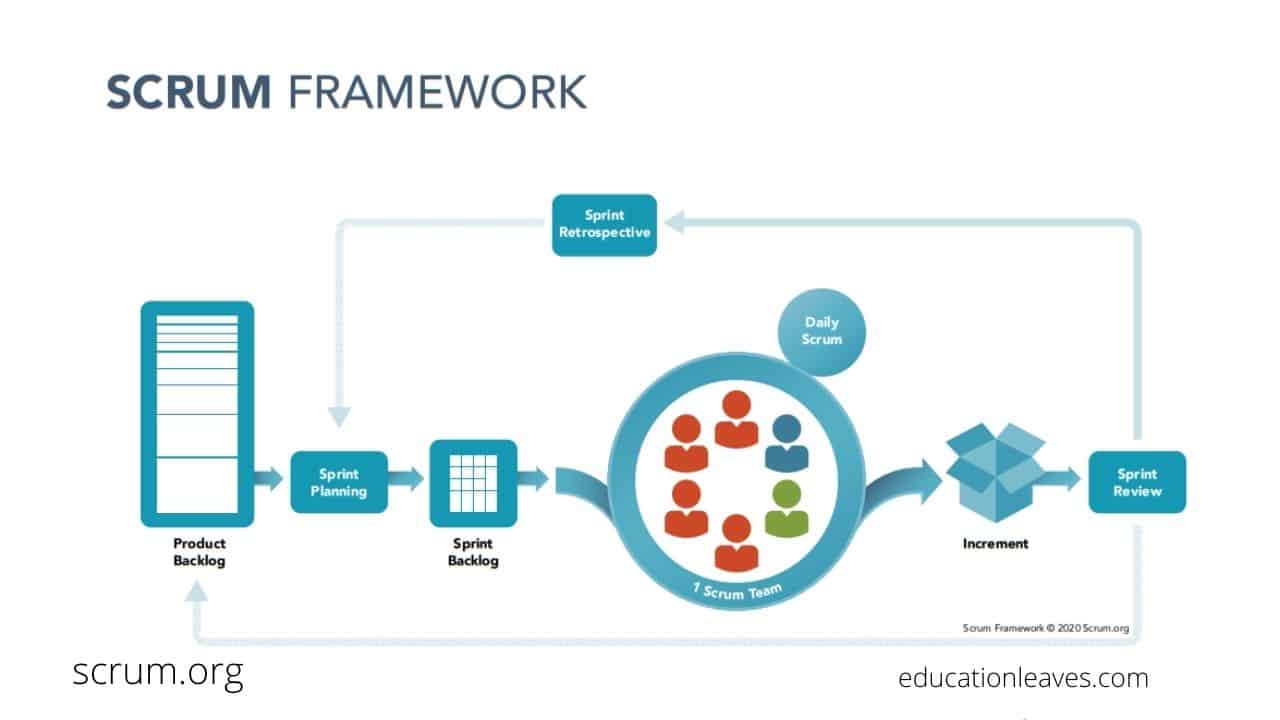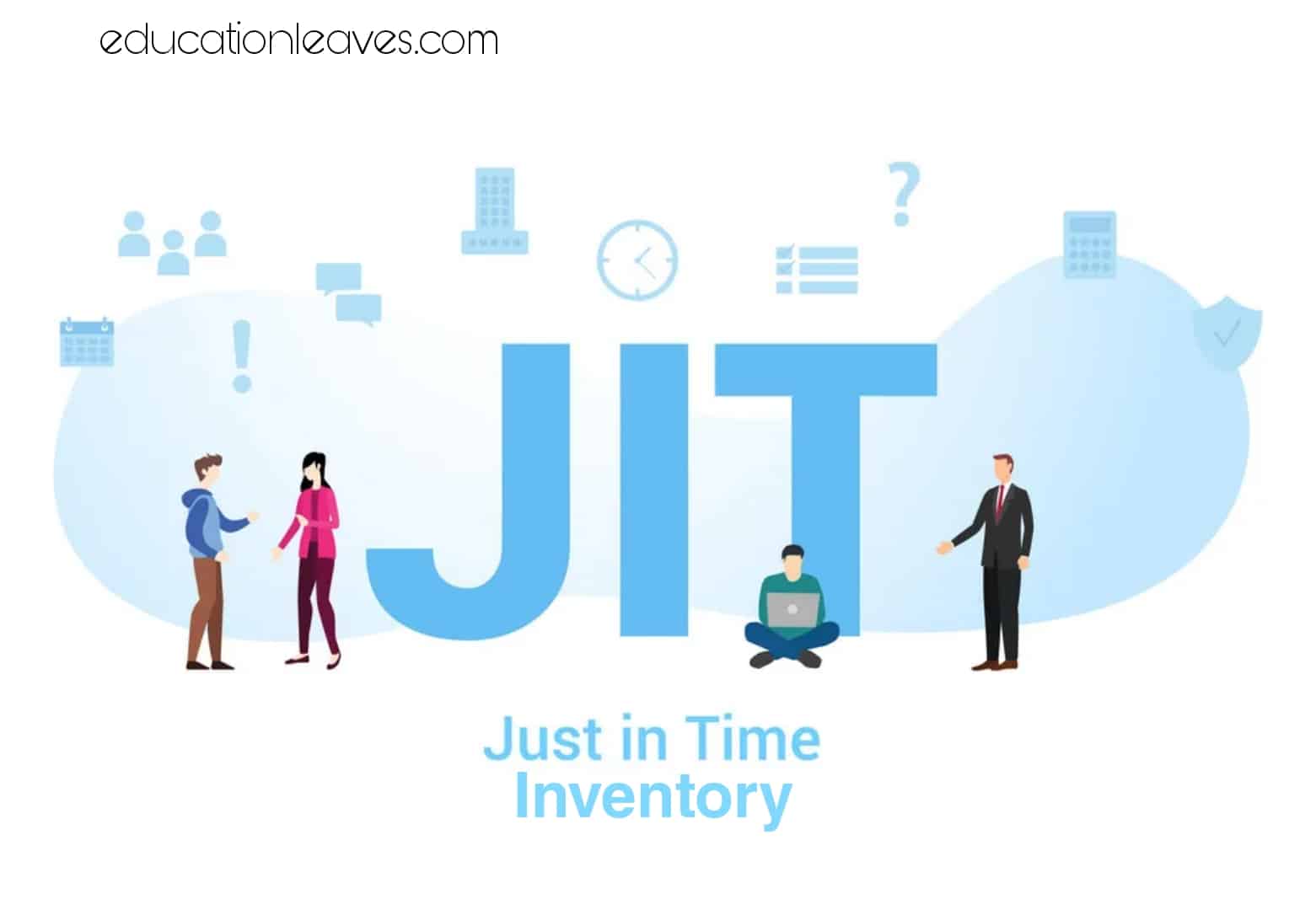What is Sales Promotion? [PDF Inside] Definition, Objectives, Strategies, Techniques, Advantages, and Disadvantages
Sales Promotion is a marketing activity that boosts sales, creates brand awareness, and increases customer loyalty. It involves offering discounts on some products or providing incentives for customers to engage with your brand.










